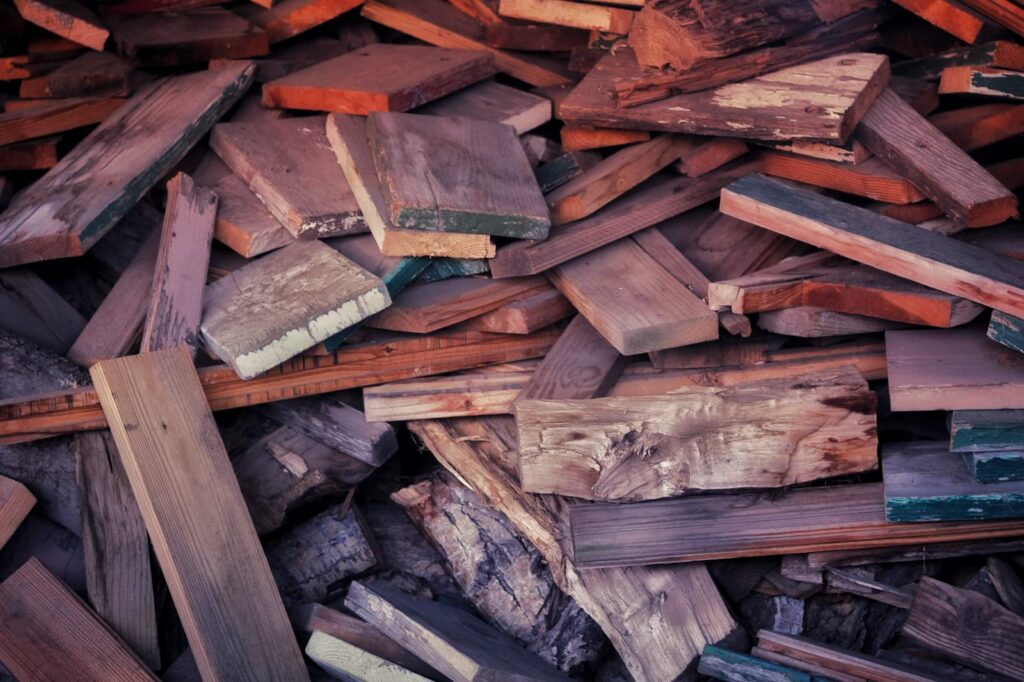Timber floors bring timeless elegance and warmth to any living or working space. This classic choice in flooring showcases nature’s design at its finest and offers enduring charm and durability. But just like any other significant investment, these beautiful features require proper maintenance. This article will highlight different types of timber used in flooring, with insights into the best methods to sand and maintain each one.
Why Timber?
Timber flooring has been a staple in homes and commercial spaces for centuries. Its natural allure and exceptional durability have made it a popular choice. Moreover, timber is a versatile material, coming in a wide range of species, each with unique characteristics, colours, and grain patterns. Properly maintained timber floors can last for generations, making them a worthy investment.
Types of Timber Used in Flooring
Timber species commonly used in flooring fall into three broad categories: hardwoods, softwoods, and exotic woods.
Hardwoods typically used include Oak, Maple, Walnut, Cherry, and Ash. These woods are known for their strength and durability.
Softwoods are usually lighter and include species such as Pine, Fir, and Cedar. They offer a different aesthetic and feel, often at a lower cost.
Exotic woods like Bamboo, Mahogany, and Teak bring a touch of luxury and unique charm to any space. Finally, reclaimed woods offer a rustic, eco-friendly option for homeowners keen on sustainability.
Characteristics of Different Timbers
Each timber type offers a unique set of characteristics. The variation in grain patterns and colour can dramatically change the ambiance of a room. Hardness and durability vary among species, impacting the longevity and maintenance requirements of the floor. Furthermore, the sustainability factor plays a significant role, with certain timber types being more eco-friendly than others due to their growth and harvesting practices.
Floor Sanding and Maintenance for Each Timber Type
Knowing how to maintain your specific type of timber floor is crucial for its longevity and aesthetic appeal. While general maintenance tips apply across the board—like cleaning spills promptly, avoiding scratches from furniture, and keeping them dry—each timber type has specific sanding and finishing needs.
For example, the hard-wearing nature of Spotted Gum, Iron Bark, Jarrah and Tasmanian Oak requires heavy-duty sanding equipment, while softer woods like Baltic Pine and Radiata Pine need a gentler touch. Some exotic woods, like Spotted Gum, Cypress Pine, Teak and Mahogany, have natural oils that affect the type of finishing products required. We will focus more in depth on each timber type’s specific care and maintenance needs in future posts.
The Role of Professional Floor Sanding
While some maintenance tasks are suitable for a DIY approach, floor sanding is best left to the professionals. Expert floor sanding companies bring knowledge, experience, and the right equipment to ensure a smooth, perfect finish. They understand the specific needs of different timber types and can help avoid costly mistakes.
Look for a company that offers a comprehensive service package, from sanding and finishing to maintenance advice. At Quicksand Flooring, we take pride in delivering professional, high-quality floor sanding services tailored to each timber type, ensuring your floors continue to shine and impress.
Understanding the different types of timber floors and how to maintain them effectively exactly what our team does. This guide aims to serve as a helpful resource for caring for your timber floors. After all, the beauty and durability of timber floors aren’t just in the wood itself but in how well it’s taken care of.


